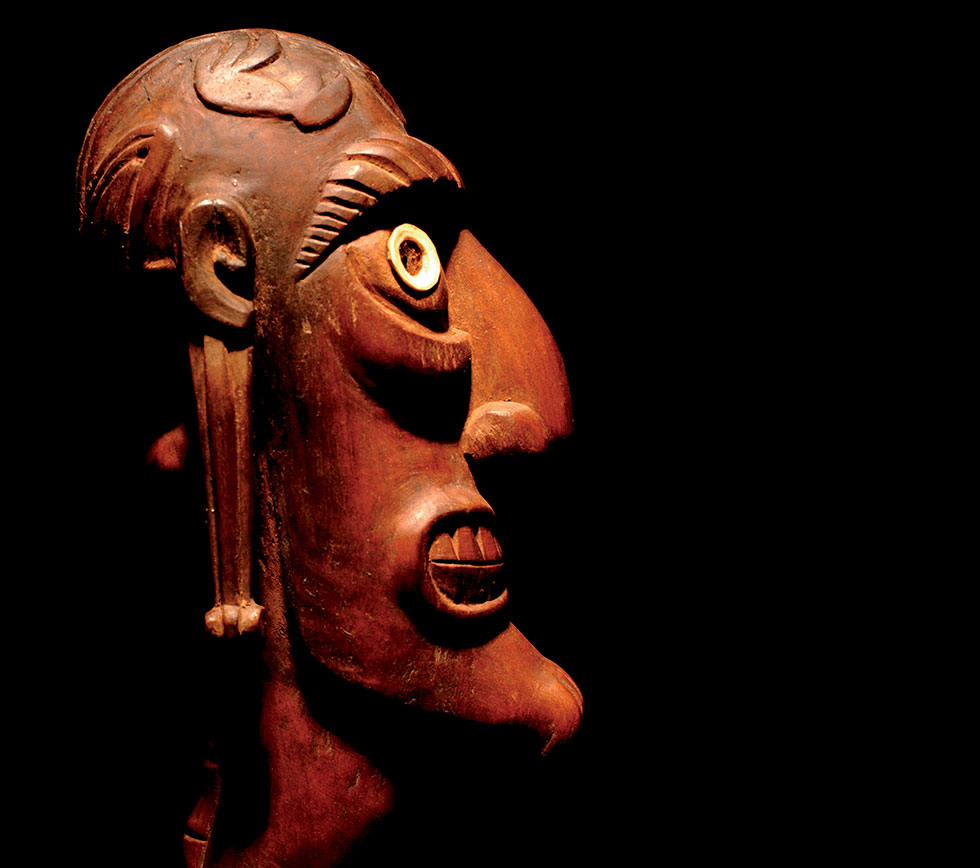
Services:
- Floor map
Opening times:
Admission:
About the institution

Moai Kava Kava carved in wood.
Easter Island's Padre Sebastián Englert Anthropological Museum is named after the German Capuchin priest who arrived there in 1935 and made it his home until his death in 1969.
In addition to his missionary work, Father Englert took a keen interest in the Island's history and the Rapa Nui culture, amassing a collection that he left to the state of Chile, precisely for the purpose of creating a museum.
When it opened in 1975, the Museum was just a single room - the "old museum" now used to house the William Mulloy Library - to which the current permanent exhibition area was added in 1985. This was followed by administrative offices, storage space and laboratory facilities.
Today, the Museum, located just outside the town of Hanga Roa, is an active center for research into the Island's history and culture. It serves as an excellent introduction to the Island's mysterious past.
Inside the Museum
The Museum's Archaeological Collection comprises some 15,000 objects. Key items on display include:
- Female moai. Only 12 female moai have been identified on Easter Island and one of them is on show in the Museum. Its body was discovered by the Norwegian explorer, Thor Heyerdahl, in 1956 and taken to Norway but was returned to the Island in 1988 after its head was found.
- Rongorongo tablets. The Rapu Nui carved their enigmatic writing onto wooden tablets of which only a handful have survived. Those on display in the Museum are replicas of originals held by the National Natural History Museum in Santiago.
- The William Mulloy Library, named after the American anthropologist who worked with Thor Heyerdahl, contains over 5,500 books and some 5,000 photographs as well as an audio archive of the Island's music.
Don't miss
It was always suspected that the eye sockets of the moai were not originally empty but it was not until the late 1970s, during restoration work on the moai on Anakena beach, that the first eyes were discovered. One of these, made of white coral with red volcanic scoria as its pupil, is on display in the Museum. It is the largest found to date.




